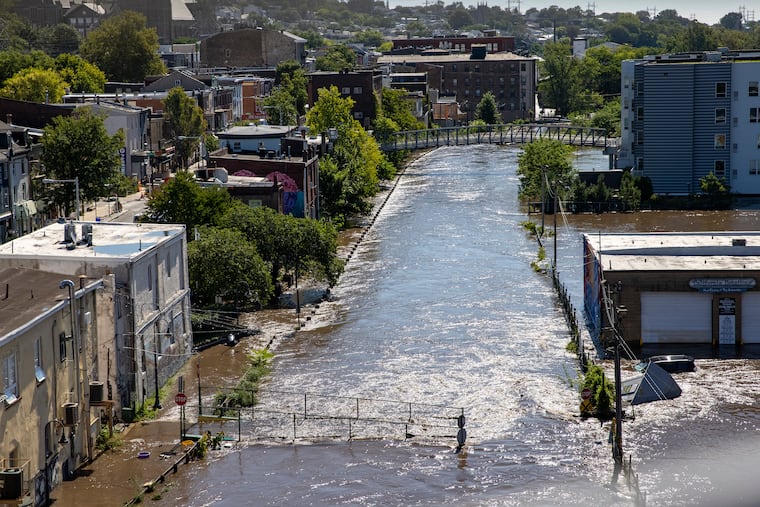Hurricane season is on pause, giving residents in Philly and elsewhere a break. But is it over?
After record numbers of landfalling tropical cyclones and flooding downpours from their remnants, forecasters are seeing no new threats on the horizon.

After record numbers of landfalling tropical cyclones and flooding downpours from their remnants, forecasters are seeing no new threats on the horizon.
